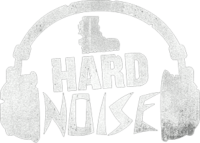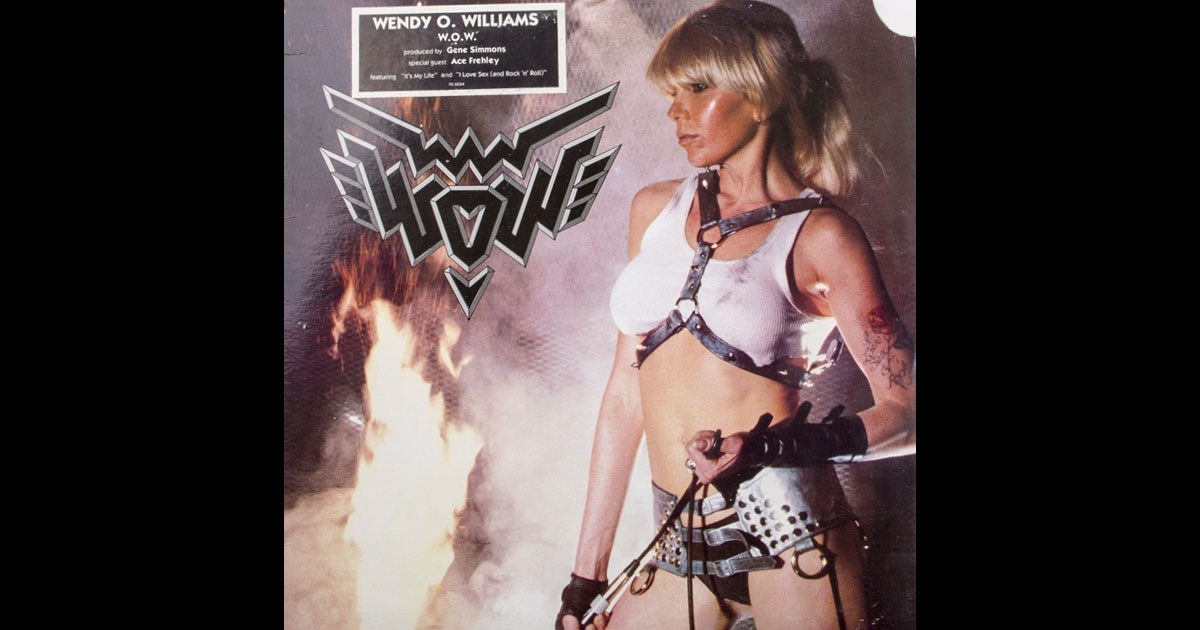The early ‘80s were a rough stretch for Kiss. They opened the decade with one of their worst-selling albums, Unmasked, which was only rescued by its popularity overseas. In 1981, they released Music From “The Elder,” a concept album with no concept that proved so stodgy and leaden it prompted lead guitarist Ace Frehley to quit the band in disgust.
The other founding members of Kiss, bassist Gene Simmons and rhythm guitarist Paul Stanley, reportedly begged Frehley to let them put his face on the cover of 1982’s Creatures of The Night even though he doesn’t play a single note on it. Frehley relented, but Creatures did little to stop Kiss from circling the drain. Their black and white kabuki makeup was dramatically removed for 1983’s Lick It Up (it’s true, Kiss did not actually unmask until four years after Unmasked). A clever publicity stunt, but one that ultimately backfired. Kiss, previously America’s most easy to recognize musicians, lost their identity and quickly faded into rock’s malaise of spandex.
There are, of course, shame-based Kiss fanatics like myself who find plenty to value in this tailspin period. Music From “The Elder” contains one or two certified bangers. When Lick It Up’s title track insists that “it ain’t a crime to be good to yourself,” I feel truly liberated.
And yet, every soldier in the Kiss Army has wondered at one time or another — how would this material sound if it were sung by a husky-voiced lady firebrand from Milwaukee? This question is answered on the 1984 Wendy O. Williams album WOW. Gene Simmons produced WOW and he cajoled nearly every human being who had been in Kiss up to that point into contributing something to its angry, pounding doctrine.
Wendy O. Williams made defiance and confrontation her legacy as singer for the Plasmatics, whose bombastic brand of punk never shied away from the tight-fisted sneer of heavy metal. On stage, the diminutive but fierce blonde complimented her lung-bruising vocals and shorn attire by taking chainsaws to guitars, obliterating televisions with sledgehammers, and trying to blow up the occasional two door sedan. These all seem like stunts Kiss might have folded into their act if they weren’t afraid of maiming nine year olds in the front row. So it’s not a major surprise to learn Williams got mixed up with the pyrotechnical arena phantoms who gave us Destroyer.
In addition to producing WOW, Gene Simmons plays bass on the entire album, under the alias Reginald Van Helsing (a rare moment of humility from the guy who would eventually sell “tongue lubricated” Kiss Kondoms). Simmons maintains co-writing credits on a few songs, too, including the opening horny slither “I Love Sex (And Rock And Roll).” Paul Stanley wrote the majority of “It’s My Life,” a positively anthemic leftover from Creatures of The Night, but chose to fire up his guitar for a different cut, the quite turgid “Ready to Rock.” Eric Carr and Vinnie Vincent — Kiss’s drummer and lead guitarist at that time, respectively — authored swaggering closer “Ain’t None of Your Business.” Vincent shows off his requisite bonkers style on that one; meanwhile, Carr’s drumming is only heard on the less impressive “Legends Never Die.”
Ace Frehley turns up to guest on “Bump And Grind,” a WOW offering written entirely by the Plasmatics. In fact, the members of Wendy’s “former” group take up all the instrument slots and writing credits not attributed to Kiss. WOW was released via the Passport record label; it’s been speculated that the Plasmatics name was only dropped to sidestep a potential legal quagmire with the group’s original label, Capitol Records. So this is a triple threat: a Wendy O. Williams solo debut, a lost Plasmatics album, and a secret Kiss album. WOW’s also got Micki Free on acoustic guitar, which might technically make it a Shalamar side project.
Peter Criss, the first drummer in Kiss, is the only member of the “Rock And Roll All Nite” clan who doesn’t appear on WOW. Criss left the band in 1980; if you’ve read any kind of interview with Gene Simmons or Paul Stanley from the past 40 years, then you know neither of Kiss’s de facto leaders have ever held Peter “The Cat Man” in any kind of esteem. Thus, Occam’s Razor suggests Gene Simmons purposely avoided including Criss in WOW. Yet, it is entirely possible Simmons reached out and the percussionist was just too busy working on the follow up to his insanely forgettable 1982 solo LP Let Me Rock You.
The mainstream press never took Kiss seriously, so they barely had any truck for Wendy O. Williams. WOW’s release was treated as a perverse, outrageous curiosity (just like everything else Williams did with the Plasmatics). One of the kinder statements came from Terry Atkinson in the Los Angeles Times, who that October likened Williams’s searing voice to “a cross between Joan Jett and a real jet.”
More attention was paid to the video for “It’s My Life,” in which the daredevil Williams climbs a rope ladder dangling from a crop duster so she can escape a convertible that’s about to sail off a desert cliff (“It was difficult to get a pilot who would go through it with me,” she told Atkinson). For the record, the video also includes footage of Williams wrestling other women and operating a bulldozer — probably without a permit.
Is it hard to listen to WOW and ignore the fingerprints of Simmons, Stanley et al? If you’ve owned a copy of Rock And Roll Over, probably. However, the throbbing offerings the Kiss guys helped birth on WOW aren’t far removed from what the Plasmatics were creating independently just a few years prior. Their 1982 LP Coup d’etat features several songs that wouldn’t be out of place on Creatures of The Night or Lick It Up. That’s probably why the Plasmatics ended up opening for Kiss to promote Coup, which begat WOW’s creation.
Still, there was a clear line between Kiss and Wendy O. Williams that grew thicker as the years passed. In the ‘90s, the original lineup of Kiss reunited, smearing the greasepaint back on to begin a farewell tour that is only ending this year (or so they claim). Simultaneously, Williams retired from music to rural Connecticut where she worked to rehabilitate small animals before committing suicide in April of 1998. It was her life. She did what she wanted.
Around the time Williams died, Kiss was wrapping up the recording of Psycho Circus, the big comeback disc that proved to be more of an afterthought than a milestone (stacked with session players, the actual members of Kiss only come together for one song). The group re-recorded “It’s My Life” for Psycho Circus but it’s unclear if they did so specifically to honor their departed sister in rock. Paul Stanley did not respond to an e-mail inquiry regarding this mystery before press time; our story will be updated if and when we hear from him.
One fact is unassailable: “It’s My Life” did not make the final cut for Psycho Circus, cast aside once again like a day old plate of beans. Listening to the album, you understand why — “It’s My Life” isn’t mediocre enough.


